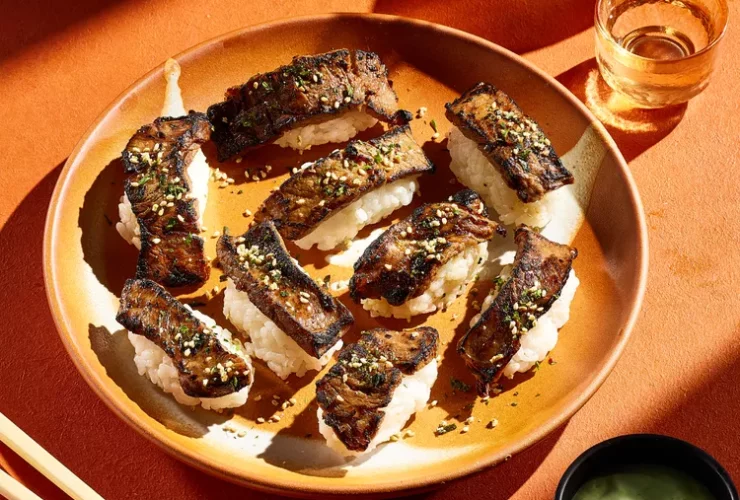Japanese Recipes
Japanese cuisine is renowned worldwide for its delicate balance of flavors, artful presentation, and meticulous attention to detail. Rooted deeply in tradition yet continually evolving, Japanese recipes are a reflection of the country’s rich cultural heritage and reverence for seasonal ingredients.
One hallmark of Japanese cuisine is its emphasis on freshness and simplicity. Whether it’s sushi, sashimi, or tempura, the focus is on allowing the natural flavors of the ingredients to shine through. Take, for example, sushi, where the quality of the fish is paramount. From the fatty richness of tuna to the subtle sweetness of squid, each piece is carefully selected and expertly prepared to create a harmonious bite.
Another cornerstone of Japanese cooking is its use of umami-rich ingredients such as miso, soy sauce, and dashi. These savory elements add depth and complexity to dishes, creating a symphony of flavors that dance on the palate. In dishes like miso soup or yakitori, the umami-rich base forms the backbone of the dish, complementing other ingredients without overpowering them.
Japanese cuisine also places great importance on seasonality, with dishes often changing to reflect the flavors of each season. In spring, delicate cherry blossoms inspire dishes like sakura mochi, while summer brings refreshing treats like chilled somen noodles. Autumn sees an abundance of mushrooms and chestnuts, which find their way into dishes like matsutake gohan (pine mushroom rice), while winter calls for hearty stews and hot pots to warm the soul.
Whether you’re enjoying a simple bowl of ramen from a street vendor or indulging in a multi-course kaiseki meal, Japanese recipes offer a sensory journey that celebrates the beauty of simplicity and the elegance of nature. With a reverence for tradition and an openness to innovation, Japanese cuisine continues to captivate the hearts and taste buds of food lovers around the globe.










